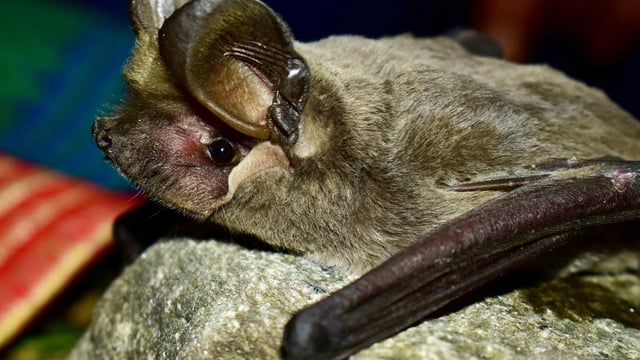Overview
- Between 2017 and 2021, teams surveying Himachal Pradesh and Uttarakhand collected bat specimens that revealed the new Himalayan long-tailed myotis in high-elevation pine and cedar forests.
- Specimens from Uttarakhand’s Kedarnath Wildlife Sanctuary matched unidentified samples from Pakistan’s Khyber Pakhtunkhwa province, confirming the species’ cross-border distribution.
- Detailed morphological study and genetic data placed Myotis himalaicus within the broader Myotis frater complex, marking it as distinct from other regional mouse-eared bats.
- The researchers also validated Babu’s pipistrelle as a distinct species and recognized the East Asian free-tailed bat in India after correcting earlier taxonomic misidentifications.
- The findings raise India’s confirmed bat species tally to 135 and bolster efforts to document and conserve small mammalian fauna in the Himalayan biodiversity hotspot.

